If you’re in London and still haven’t seen Constructing Realities, then drop by Goodge Street or Warren Street tube station and head to at Phase 2 Gallery before the show closes.
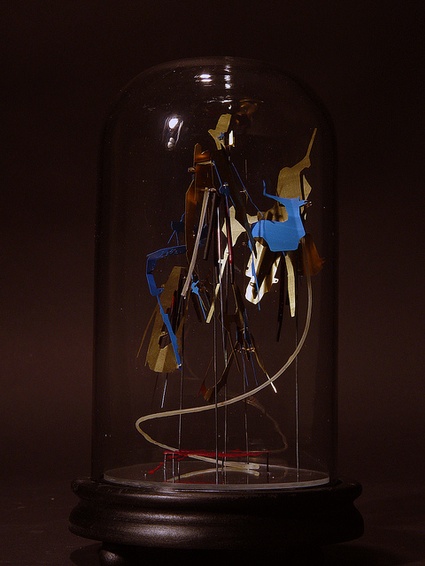 Julian Busch, Model from the project The Fortress of Senses
Julian Busch, Model from the project The Fortress of Senses
Constructing Realities focuses on the best work from the Postgraduate Certificate Course in Advanced Architectural Research, at the Bartlett School of Architecture, UCL. The 9 research proposals investigate new types of place, novel interactive building elements, new façade and structural systems.
Architecture and engineering have a history where research and practice go hand in hand, where many great practices have grown as a result of fundamental research and where many research projects arise from groundbreaking design. This is especially true during periods of economic inactivity when recent modes of working are called into question and new modes (sometimes based on rediscovered historical precedent) are established. This can lead to the formation of innovative practices and to the start of academic careers in research and teaching.
The responsive installations, virtual environments, laser scanning drawings and prototypes presented in Constructing Realities are strikingly different from each other. I’m going to focus on a couple of them over the next few days. Ah! and before i forget, thanks a thousand times to Ruairi Glynn for hooking me up with his graduates.
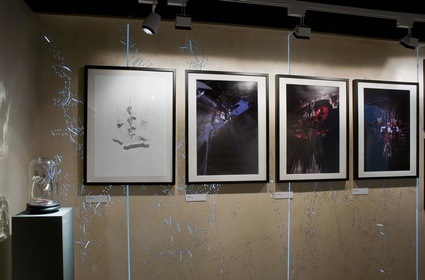 Julian Busch‘s project The Fortress of Senses – Rescripting Landscapes was cryptic enough to keep me interested from the moment i saw it at the show opening right until this very moment. Fasten your seatbelt!
Julian Busch‘s project The Fortress of Senses – Rescripting Landscapes was cryptic enough to keep me interested from the moment i saw it at the show opening right until this very moment. Fasten your seatbelt!
The project is set inside the Chateau de Maulnes, a hunting castle built in the 16th century in Burgundy, France.
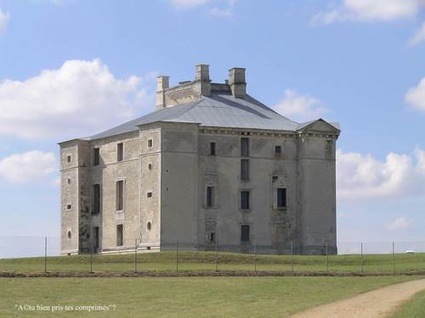 The Fortress of Senses is an inquiry into the spatial possibilities of reinterpreting the artefact as a field of events.
The Fortress of Senses is an inquiry into the spatial possibilities of reinterpreting the artefact as a field of events.
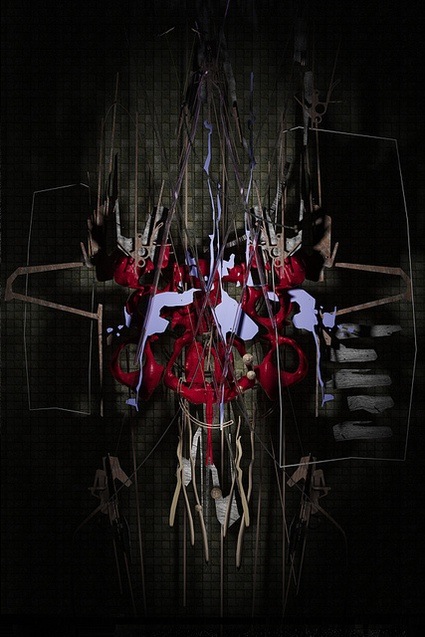 The Theater
The Theater
The corpse of a deer is brought into the space as a reworking of the concept of the chateau and its hunting functions. The kitchen, the great hall and the chandelier are key actors used for refracting and modelling a series of events that become components of the landscape stored in the chateau. In this context, the spaces become a series of events or reconstructions of an alternative chateau stored within the existing one. A theatre of stored events operating as other interior landscapes.
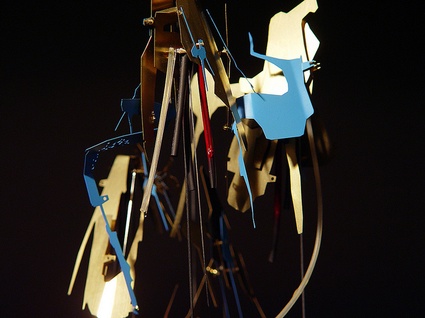 Model (detail)
Model (detail)
Drawings and modelling reconstruct the death of the deer as an event in the kitchen, a moment in the natural landscape.
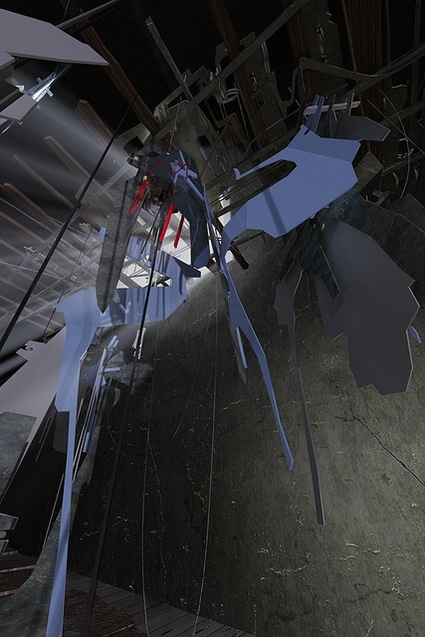 The Kitchen
The Kitchen
Sections of deer refabricate the chandelier, which is rehung by the blacksmith as toolmaker and restorer of equipment.
The recompositions are stored in the great hall.
The dining room serves as a theatre of pieces between the architecture of the space and the event. It performs as a new landscape looking for the deer in the forest.
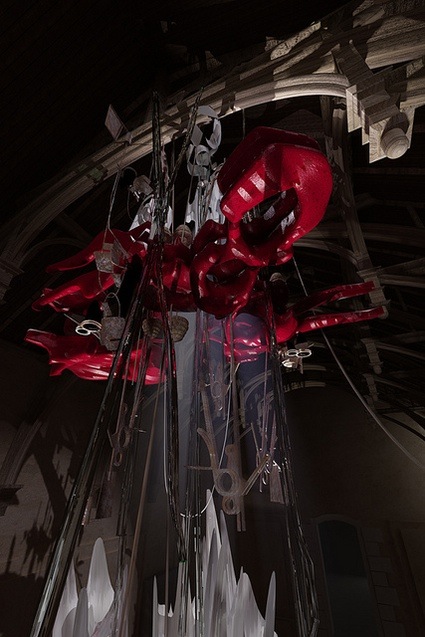 The chandelier
The chandelier
Can you describe the model you are showing in the exhibition “the Rainbow of Blood”? which part of the hunting narrative does it encapsulate?
Julian Busch: The Project is roughly divided into 3 parts: the production, the storage and the performance of architectural objects/landscapes. The Rainbow of Blood is the first one of these reflexive interventions. It takes place in the kitchen where the venison is hung by the hunters.
A configuration of metal sheets, differently arranged, form the mould for varying landscape formations. A set of devices together with the microclimatic conditions within the kitchen create a rainbow of blood. Its mist lands on the metal sheets and is toasted by the sunlight that shines through the kitchen window, revealing new objects, artificial architecture topologies.
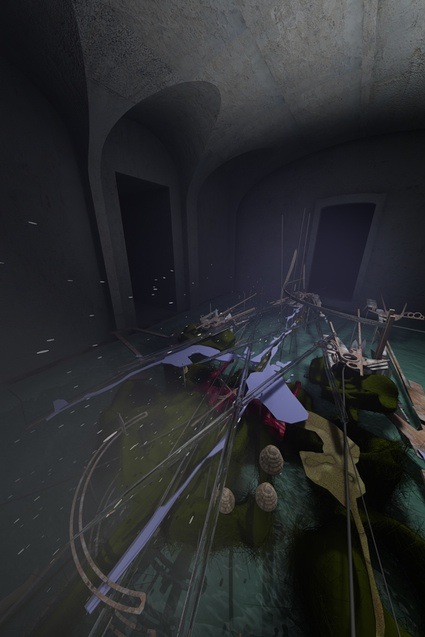 Performing Landscapes
Performing Landscapes
Why did you chose that particular castle? Was the building the starting point of your project or did you have an idea in mind and were just looking for a suitable location?
When I started my research project I was interested in perception of spaces (former projects led to this interest). I quite soon found out about the chateau de Maulnes in France, as it is a demonstrative example of mannerist architecture.
One of the leitmotifs of the castle is the presentation of the five senses. It just seemed to be the perfect location for an architectural intervention.
Could you point us to existing building, structures or projects that go in the same direction as The Fortress of Senses by simulating a narrative and ‘theatralizing’ events?
An example of what I think is highly motivating in that direction is the architecture of late Baroque. In storytelling paintings, frescoes and ornaments communicative spaces were created.
The Zwiefalten Abbey in southern Germany is such an Gesamtkunstwerk bringing together different forms of art.
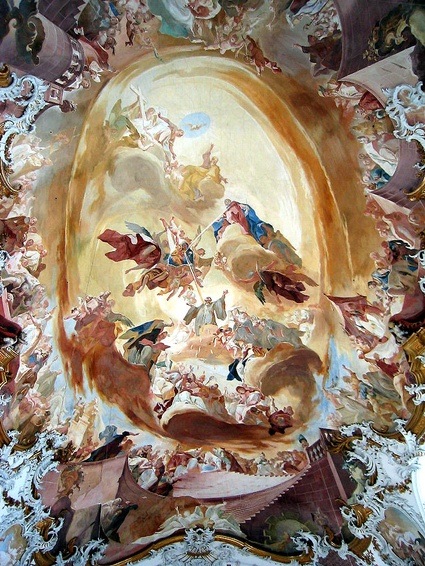 Zwiefalten, Germany: Ceiling painting in the main nave of the former abbey church, by Franz Joseph Spiegler (1751)
Zwiefalten, Germany: Ceiling painting in the main nave of the former abbey church, by Franz Joseph Spiegler (1751)
The Chateau de Maulnes itself is another good example. The detail of the principal cornice shows dogs heads between the consoles, indicating that this place is all about hunting!
Thanks Julian!
The exhibition runs until October, 1st at PHASE 2 Gallery, 8 Fitzroy St, London W1T 4BJ (map.)
Related: Book Review: Digital Architecture – Passages Through Hinterlands.
